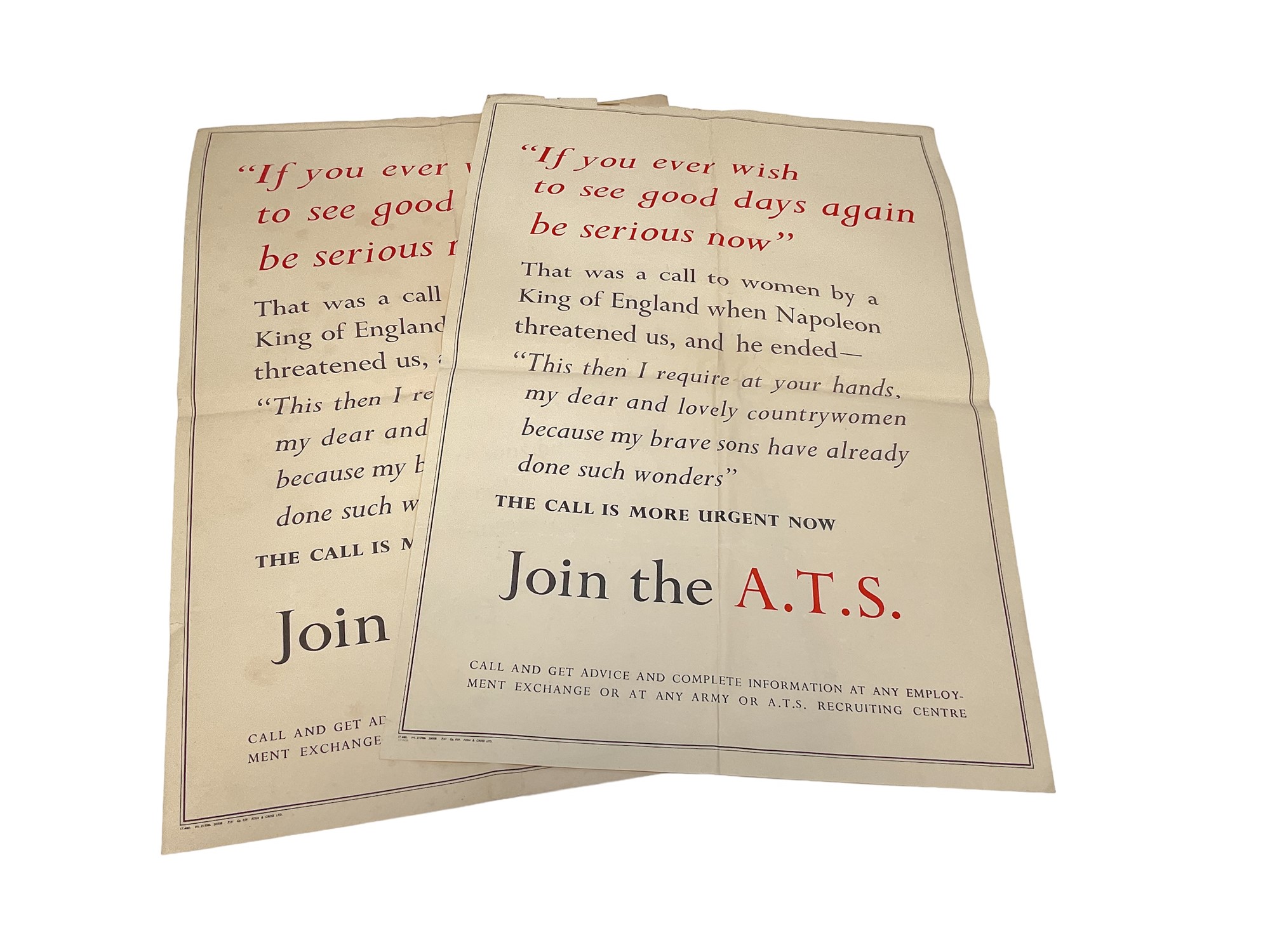If you see a medium-sized, stoutly built man, grey eyes, iron grey moustache, with a vertically dented scar running from just below his right eye down past the corner of his mouth and a bronze Medal of Honor on his coat - hats off, gentlemen - that is David F. Day of Durango and that scar meant the saving of a life.’ A Colorado newspaper report, 1905, refers. A particularly fine Civil War Army Medal of Honor awarded to Private D. F. Day, 57th Ohio Volunteers, who was just 16 years of age on volunteering for the forlorn hope at Vicksburg in May 1863, on which occasion he was severely wounded in the wrist and had his gun shot from his hands: afterwards chosen as Major-General Francis Blair’s Chief Scout, he is said to have been captured on three occasions but always escaped, once while awaiting the hangman’s noose One of the great characters to emerge from the conflict, the self-styled ‘Colonel Dave Day’ established the hard-hitting newspapers The Solid Muldoon and the Durango Democrat, in which he lampooned politicians and prominent dignitaries, in addition to the railroad companies, so much so that it is said he had dozens of libel suits pending against him by the turn of the century - but he was no stranger to controversy: when he married Victoria Falck, the 13th child of a wealthy Southern plantation owner and slave holder, his Northerner roots caused some consternation not only to her family but ‘also to the three other young men to whom she was simultaneously engaged’ U.S.A., Army Medal of Honor, 1st type (1862-95), bronze, the reverse inscribed, ‘The Congress to Pvt. David F. Day, Co. D, 57 Ohio Vols. for Gallantry at Vicksburg, Miss., May 22, 1863’, complete with brooch bar (lacking catch), in base of original fitted case of issue with remnants of original riband, good very fine £4000-5000 Footnote David Frakes Day was born at Dallasburg, Ohio in March 1847, the son of a farmer, and enlisted in ‘D’ Company of the 57th Ohio Volunteers in January 1862, aged 14 years. Quickly seeing action at the battle of Shiloh, he was also engaged at Stones River and served in Sherman’s Yazoo Expedition in early 1863. Vicksburg - the forlorn hope In Spring 1863, Major-General Ulysses S. Grant launched his Vicksburg campaign, the 57th Ohio Volunteers forming part of the 2nd Brigade, 2nd Division in Major-General William T. Sherman’s XV Army Corps. Hoping to avoid the necessity of sending for reinforcements, Grant opted for a swift assault on the Confederate works atop the bluffs overlooking the Mississippi at Vicksburg, the exact point of the assault falling below one of the southern forts in the siege line. The face of the fort was perpendicular and steep, and protected by a deep ditch 12 feet wide which rose to a height of 10 feet before reaching the enemy’s guns. Sherman called for 150 volunteers to spear head the assault - or ‘the forlorn hope’ as he would later call it - since there was little probability of any of them returning alive: the first man to step forward from the ranks of the 57th Ohio Volunteers was 16-year-old Day who, in common with the remaining volunteers, was charged with constructing bridges across the ditch for the main infantry assault which was to follow. Collecting in a ravine on the morning of 22 May 1863, the volunteers prepared for their advance, gathering together long logs for their bridge construction work. Thus burdened, the forlorn hope emerged from some woods and ‘advanced at a dead run, but in the eighty rods of open ground which lay between them and the fort, about half of them were shot down’. Young Day was among those to reach the ditch - where he was severely wounded in the wrist and had his gun shot from his hands - and, owing to the loss of timber and logs in the advance it proved impossible to construct any crossings. Sherman later recalled, ’For about two hours we had a severe and bloody battle, but at every point we were repulsed’. The Confederates, meanwhile, finding it impossible to depres
If you see a medium-sized, stoutly built man, grey eyes, iron grey moustache, with a vertically dented scar running from just below his right eye down past the corner of his mouth and a bronze Medal of Honor on his coat - hats off, gentlemen - that is David F. Day of Durango and that scar meant the saving of a life.’ A Colorado newspaper report, 1905, refers. A particularly fine Civil War Army Medal of Honor awarded to Private D. F. Day, 57th Ohio Volunteers, who was just 16 years of age on volunteering for the forlorn hope at Vicksburg in May 1863, on which occasion he was severely wounded in the wrist and had his gun shot from his hands: afterwards chosen as Major-General Francis Blair’s Chief Scout, he is said to have been captured on three occasions but always escaped, once while awaiting the hangman’s noose One of the great characters to emerge from the conflict, the self-styled ‘Colonel Dave Day’ established the hard-hitting newspapers The Solid Muldoon and the Durango Democrat, in which he lampooned politicians and prominent dignitaries, in addition to the railroad companies, so much so that it is said he had dozens of libel suits pending against him by the turn of the century - but he was no stranger to controversy: when he married Victoria Falck, the 13th child of a wealthy Southern plantation owner and slave holder, his Northerner roots caused some consternation not only to her family but ‘also to the three other young men to whom she was simultaneously engaged’ U.S.A., Army Medal of Honor, 1st type (1862-95), bronze, the reverse inscribed, ‘The Congress to Pvt. David F. Day, Co. D, 57 Ohio Vols. for Gallantry at Vicksburg, Miss., May 22, 1863’, complete with brooch bar (lacking catch), in base of original fitted case of issue with remnants of original riband, good very fine £4000-5000 Footnote David Frakes Day was born at Dallasburg, Ohio in March 1847, the son of a farmer, and enlisted in ‘D’ Company of the 57th Ohio Volunteers in January 1862, aged 14 years. Quickly seeing action at the battle of Shiloh, he was also engaged at Stones River and served in Sherman’s Yazoo Expedition in early 1863. Vicksburg - the forlorn hope In Spring 1863, Major-General Ulysses S. Grant launched his Vicksburg campaign, the 57th Ohio Volunteers forming part of the 2nd Brigade, 2nd Division in Major-General William T. Sherman’s XV Army Corps. Hoping to avoid the necessity of sending for reinforcements, Grant opted for a swift assault on the Confederate works atop the bluffs overlooking the Mississippi at Vicksburg, the exact point of the assault falling below one of the southern forts in the siege line. The face of the fort was perpendicular and steep, and protected by a deep ditch 12 feet wide which rose to a height of 10 feet before reaching the enemy’s guns. Sherman called for 150 volunteers to spear head the assault - or ‘the forlorn hope’ as he would later call it - since there was little probability of any of them returning alive: the first man to step forward from the ranks of the 57th Ohio Volunteers was 16-year-old Day who, in common with the remaining volunteers, was charged with constructing bridges across the ditch for the main infantry assault which was to follow. Collecting in a ravine on the morning of 22 May 1863, the volunteers prepared for their advance, gathering together long logs for their bridge construction work. Thus burdened, the forlorn hope emerged from some woods and ‘advanced at a dead run, but in the eighty rods of open ground which lay between them and the fort, about half of them were shot down’. Young Day was among those to reach the ditch - where he was severely wounded in the wrist and had his gun shot from his hands - and, owing to the loss of timber and logs in the advance it proved impossible to construct any crossings. Sherman later recalled, ’For about two hours we had a severe and bloody battle, but at every point we were repulsed’. The Confederates, meanwhile, finding it impossible to depres





.jpg)









Testen Sie LotSearch und seine Premium-Features 7 Tage - ohne Kosten!
Lassen Sie sich automatisch über neue Objekte in kommenden Auktionen benachrichtigen.
Suchauftrag anlegen